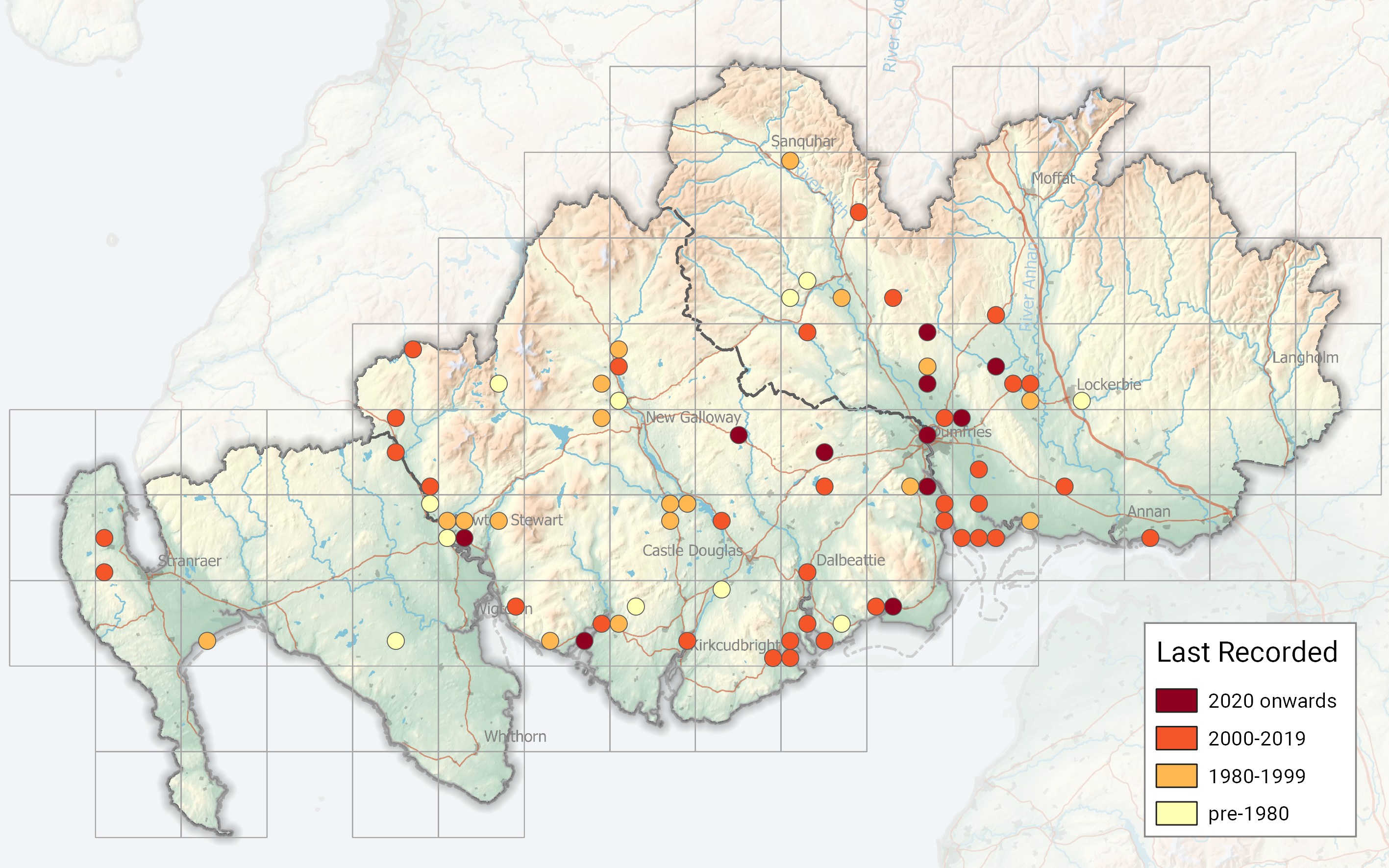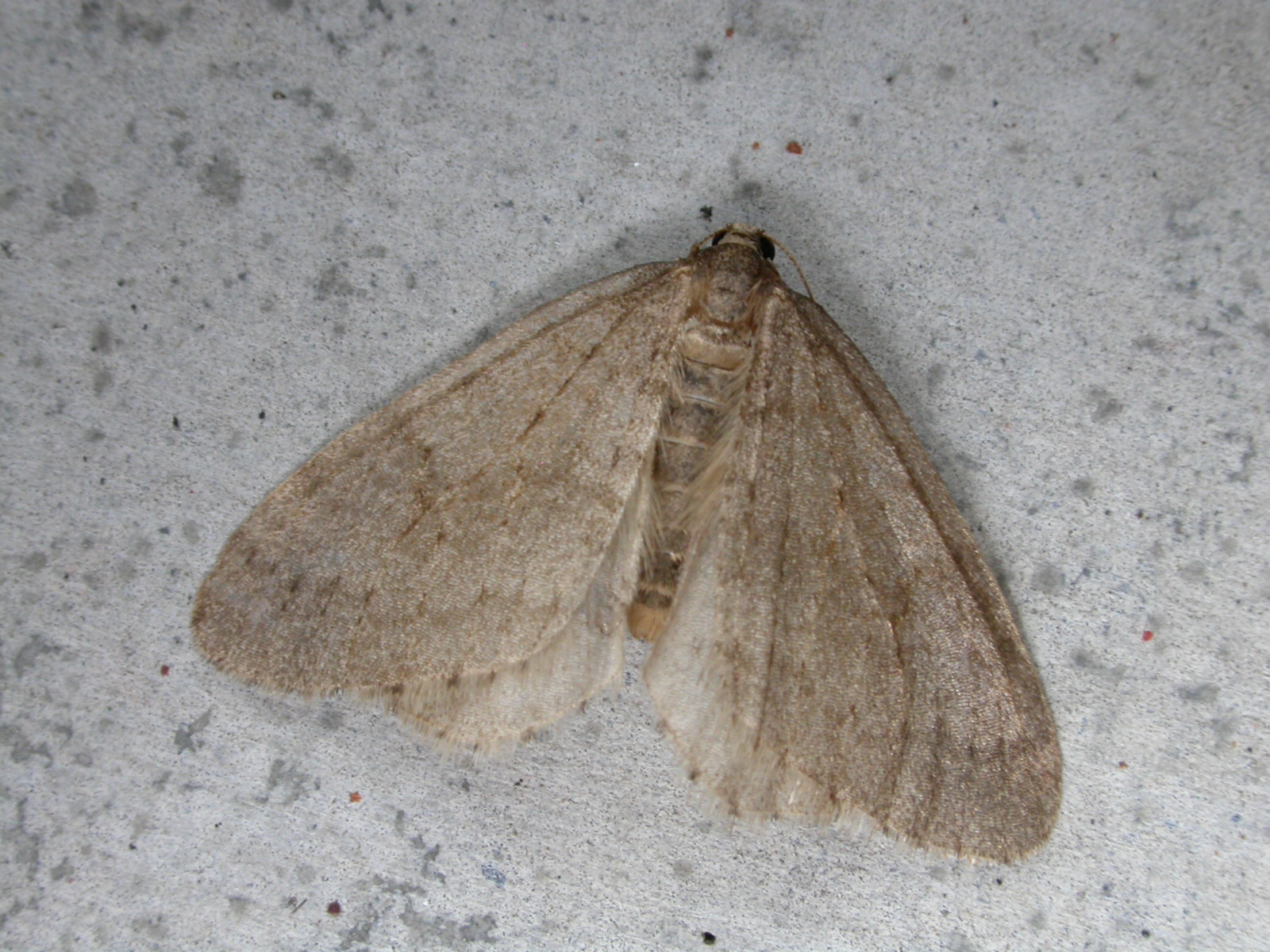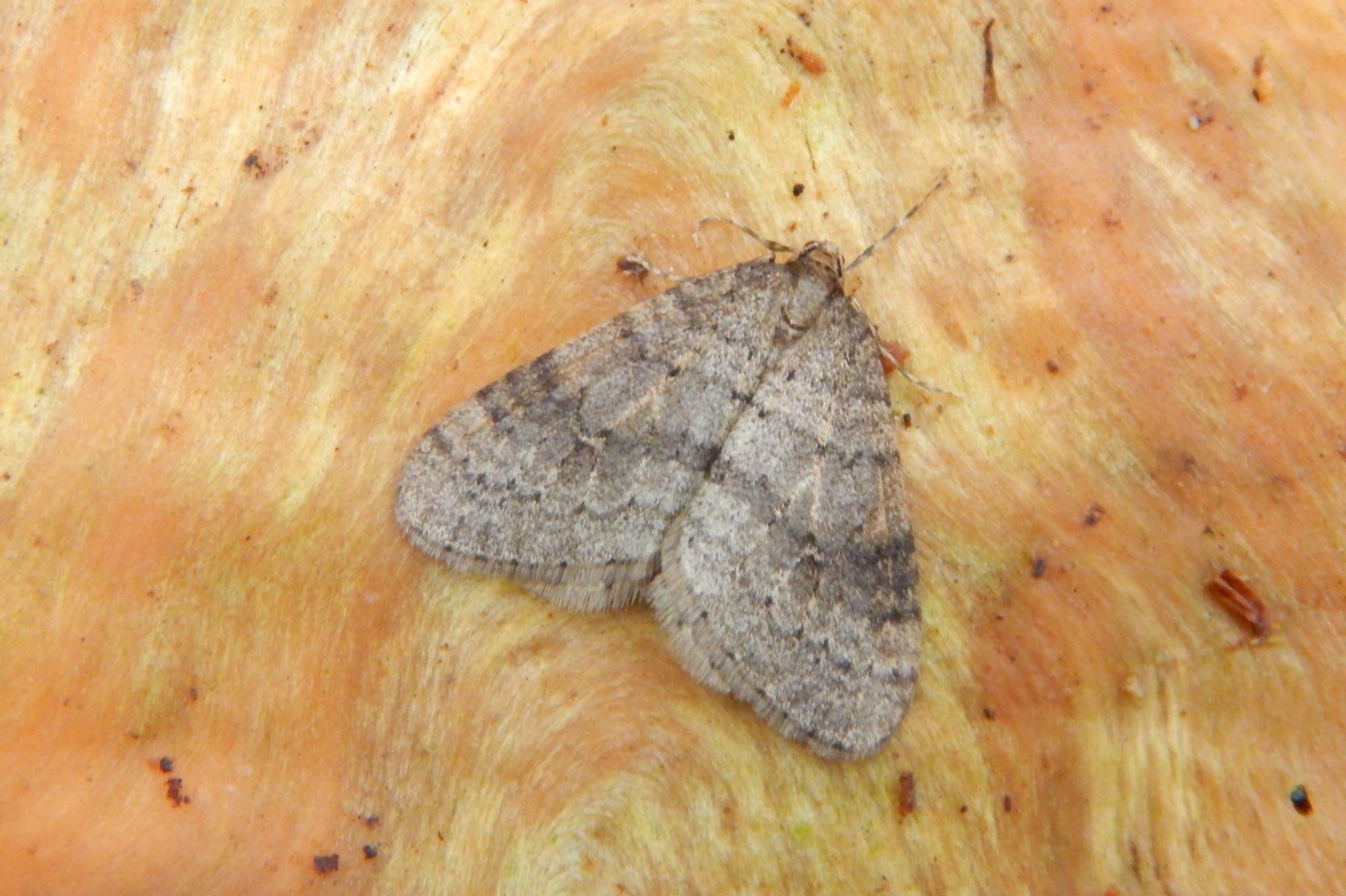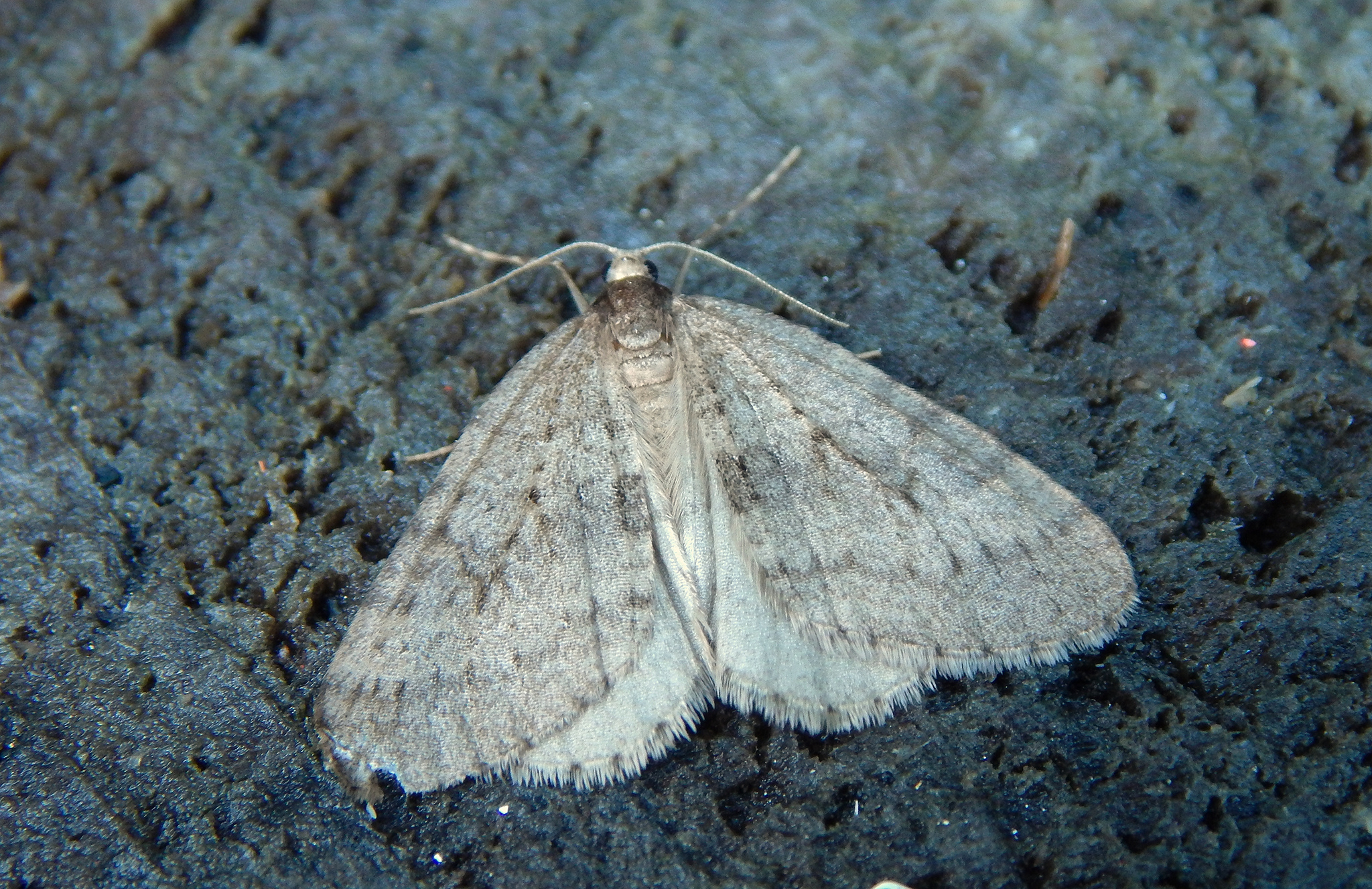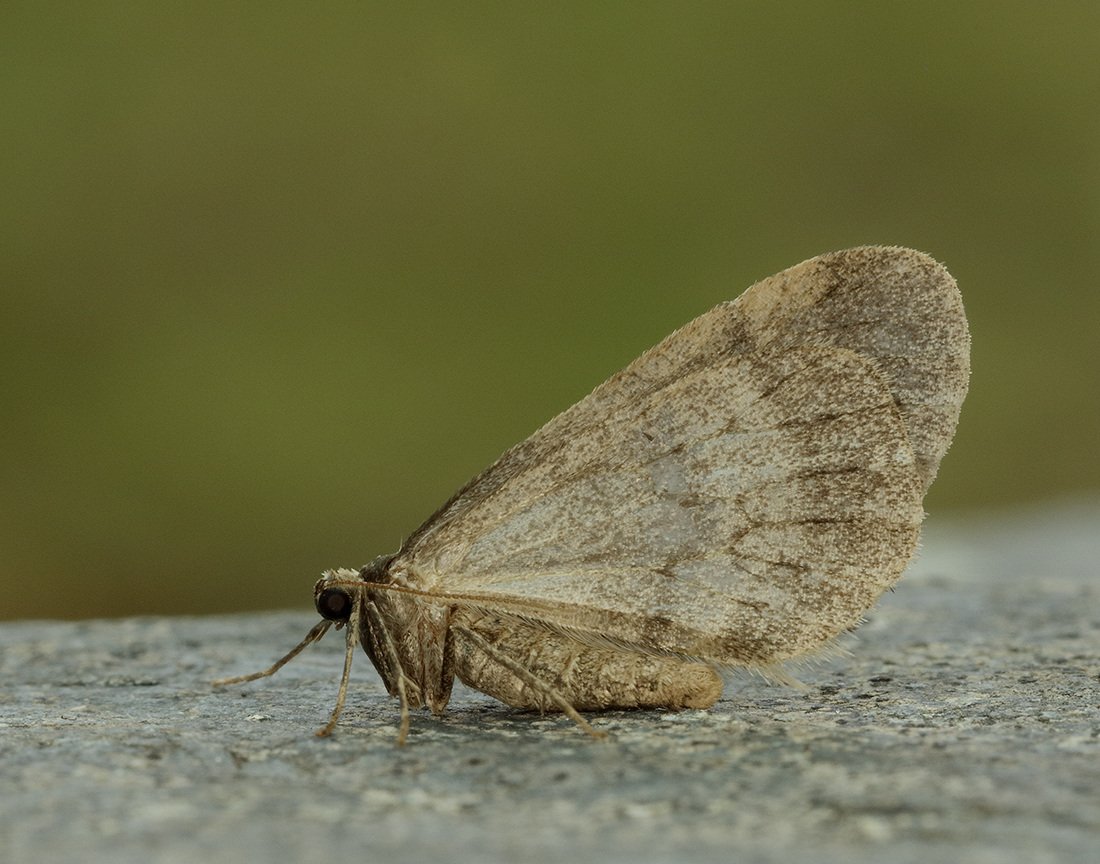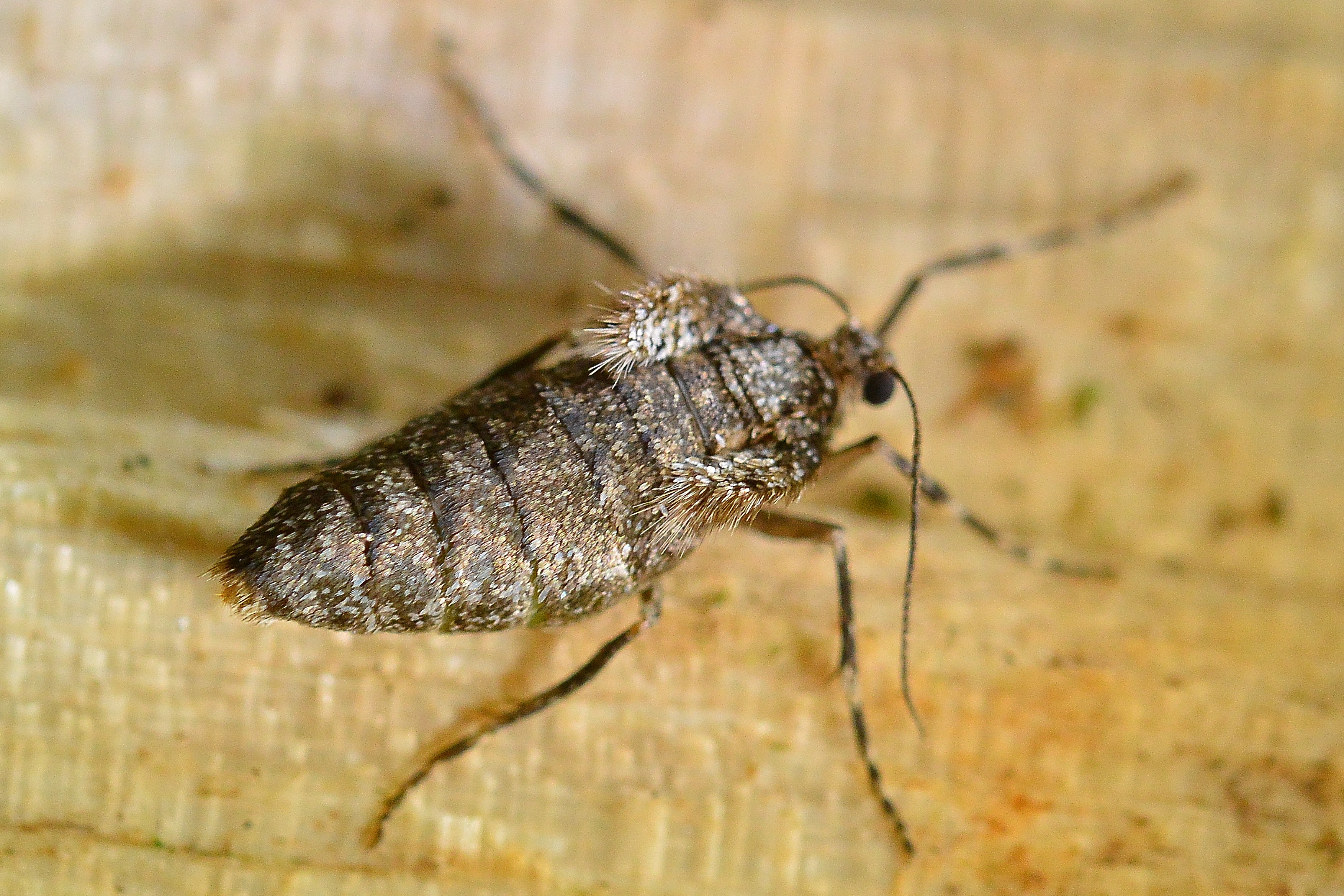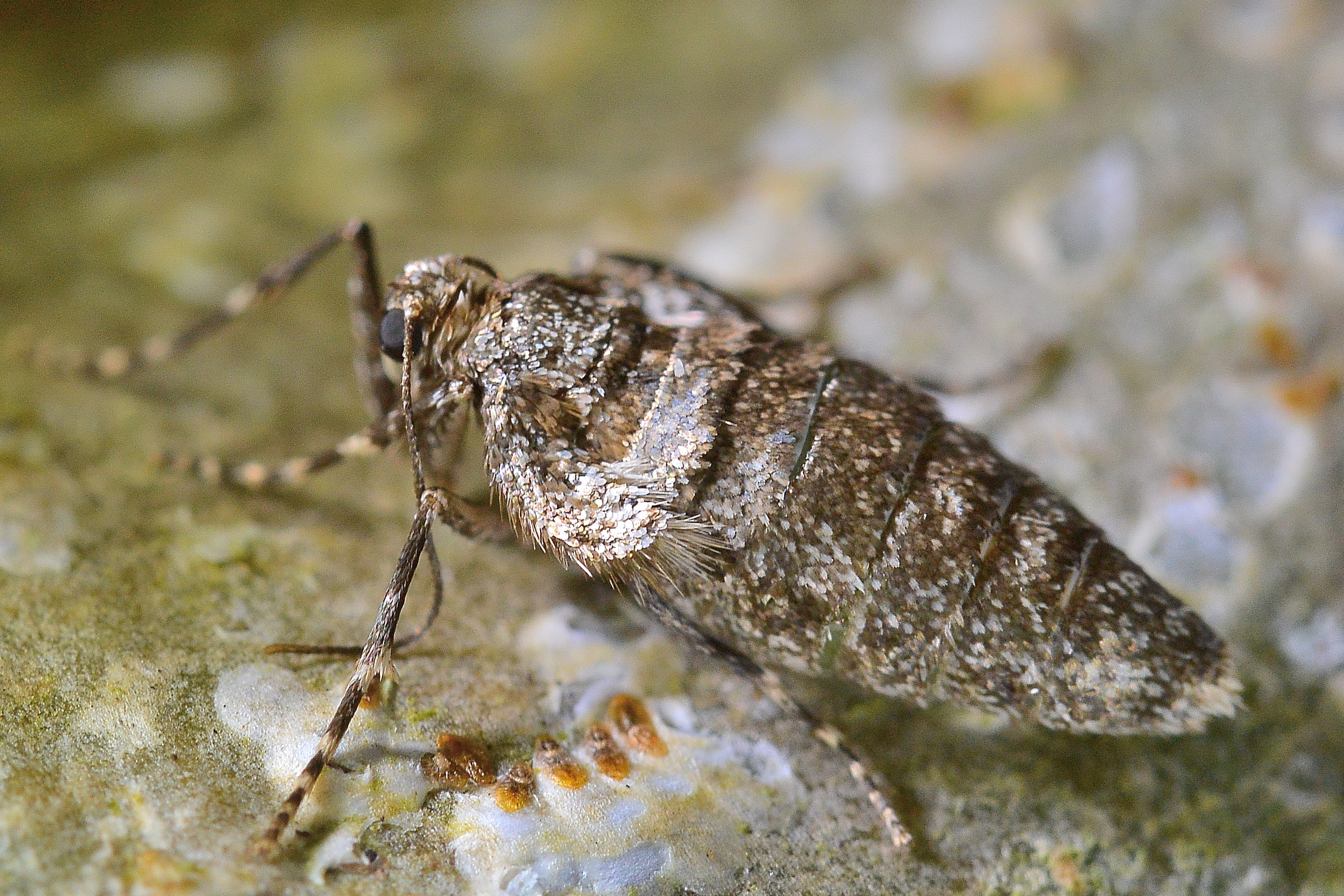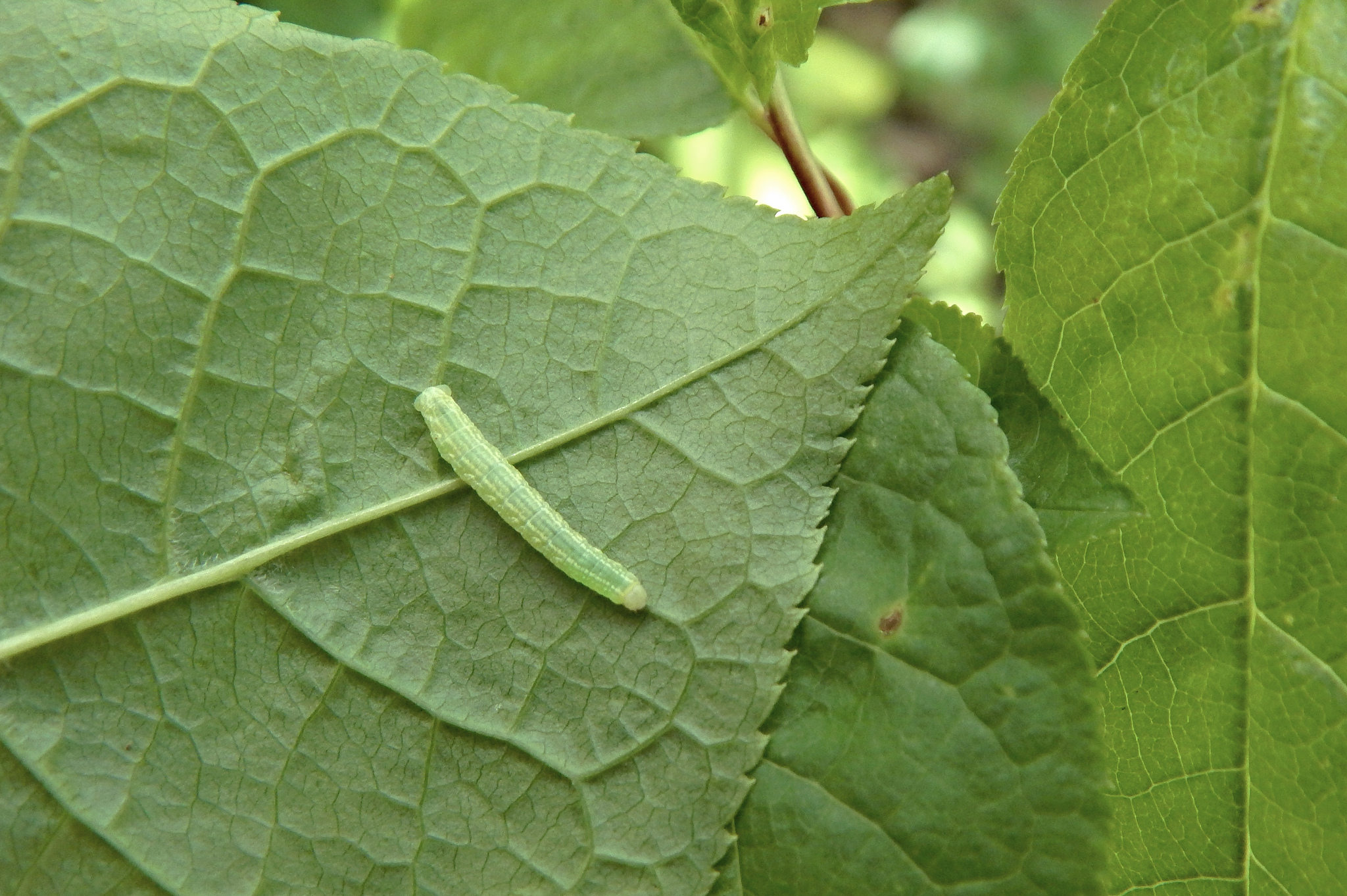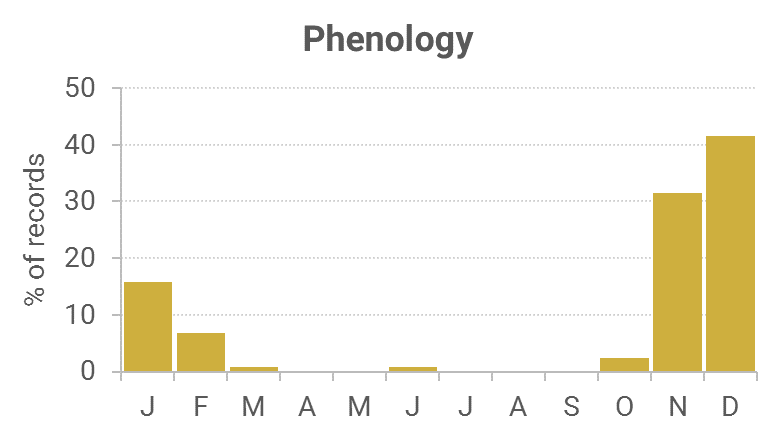See also Moth of the Week (23/11/2019)
Identification
The male is of a drab variable brown with a darker cross-band across the middle of the forewing. Hindwing is brown. The Northern Winter Moth is paler and has a silky look to the forewing, with a whitish hindwing. If uncertain record as Winter Moth agg (Operophtera sp.).
Female has vestigial wings and is flightless. Please note the sex when recording it.
Recording method
Can be found at night on tree trunks, comes to light.
Life cycle
One generation. Overwinters as an egg. Larvae are present April to early June, then fall to the ground to pupate in a cocoon near the surface.
Larval foodplants
Most broadleaved trees or shrubs.
Habitat
Any habitat where there trees and shrubs, excluding high altitude sites.
History
First recorded for Dumfries and Galloway in 1862 for VC72 near Dumfries by Lennon who stated it was ‘very common around the Dumfries area’, in 1898 for VC74 at Corsemalzie by Gordon who found it to be ‘abundant at light and also on tree trunks and twigs after dark in Wigtownshire’, and in 1942 for VC73 near Gatehouse of Fleet by Russell.

